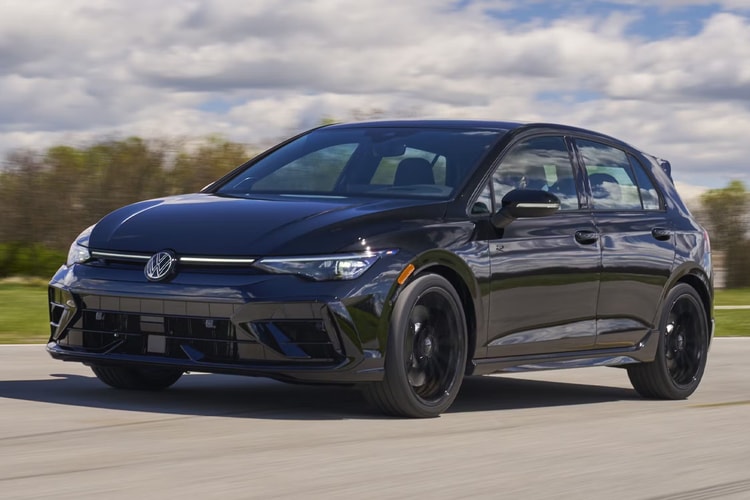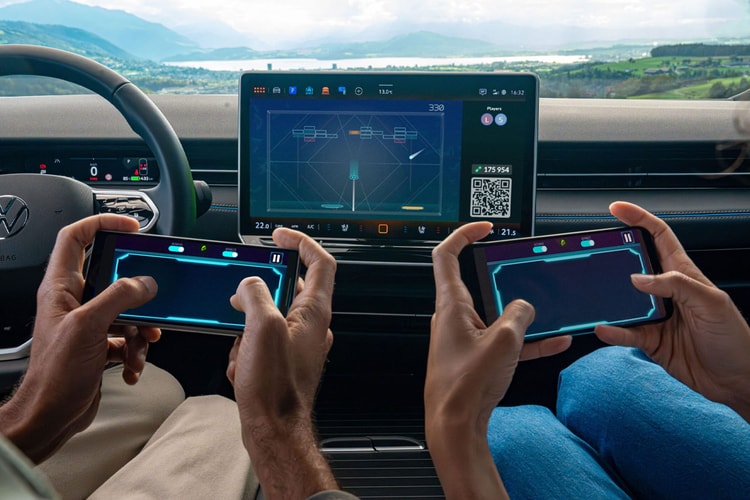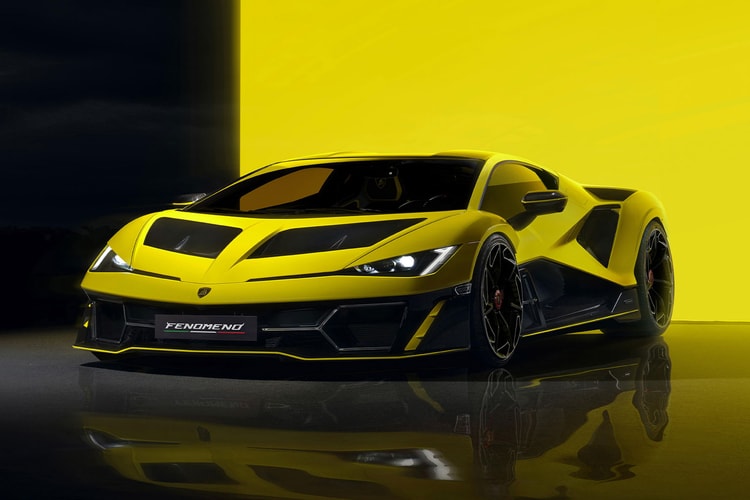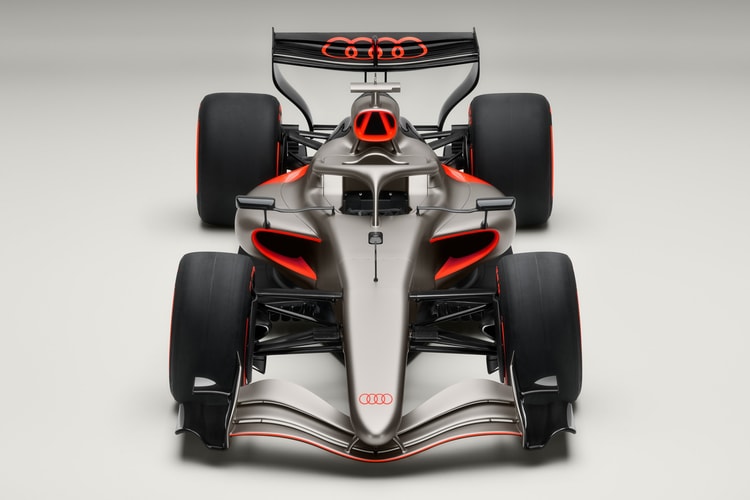Volkswagen's 261-MPG XL1 Hybrid
Following over 10 years of development, the Volkswagen XL1 hybrid car will finally see the light of




Following over 10 years of development, the Volkswagen XL1 hybrid car will finally see the light of day, getting its big break at the upcoming Geneva Motor Show. The two-seater looks to be the most fuel-efficient and most aerodynamic production car created with an astonishing 261 miles to the gallon executed by a two-cylinder 47-horsepower diesel motor. Furthermore, it can reach up to 31 or so miles on its battery power alone on its 27-hp electric motor. And despite its obvious economizing tendencies, the XL1 can reach 0-62 miles per hour in 12.7 seconds and top out at close too 100 mph. However, because Volkswagen mentions that the car will be constructed using “handcrafting-like production methods,” the XL1 is unlikely to become a huge contributor to the green hybrid movement growing in the automotive industry, meaning future buyers will be both few and financially prepared to invest in the limited-produced vehicle.


















